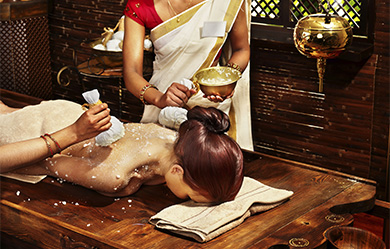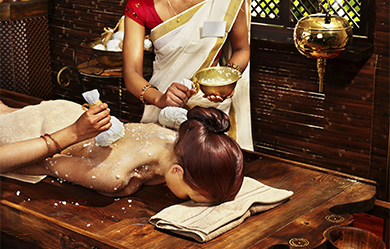
Wellness tourism is worth over US $494 billion, growing almost twice as fast as global tourism overall in the last year, according to recent research.
Now it is poised to get an even bigger boost with an agreement signed between the Global Wellness Institute (GWI) and the World Tourism Organisation (UNWTO) of the United Nations to jointly implement projects that address the role wellness tourism can play in helping increase tourism overall.
One of the key focuses of the affiliation is to strategise and make recommendations about how wellness tourism can be effective in overcoming seasonality.
‘Wellness offerings are a natural and creative way to attract more business during ‘low’ season,’ says Susie Ellis, Chairman and CEO of the GWI. ‘There are great examples of countries and regions that have already implemented wellness campaigns to buck seasonality trends.’
She cited Kerala, India’s ‘The Land of Ayurveda’ campaign, which was created to drive more travel during the traditional downturn of the monsoon season by promoting Ayurveda practices (pictured) of the region and has resulted in double-digit tourism growth and a huge increase in lengths of stay.
”””””””””””””””””””””””””””India’s nationalist government launched the campaign last year, hoping to cash in on the multi-billion dollar global market for holistic alternative medicine.
Prime Minister Narendra Modi wants the world to make Ayurveda a way of life and expand India’s share of the growing global market.
His Hindu government, which came to power last May, also announced plans to establish a state-funded Ayurvedic research centre and hospital and appointed India’s first minister for Ayurveda, yoga, naturopathy, Unani, Siddha and homeopathy.
Prime Minister Modi has also called for an international yoga day.
‘We will do whatever it takes to make India a healthy India in the days ahead,’ he says.



